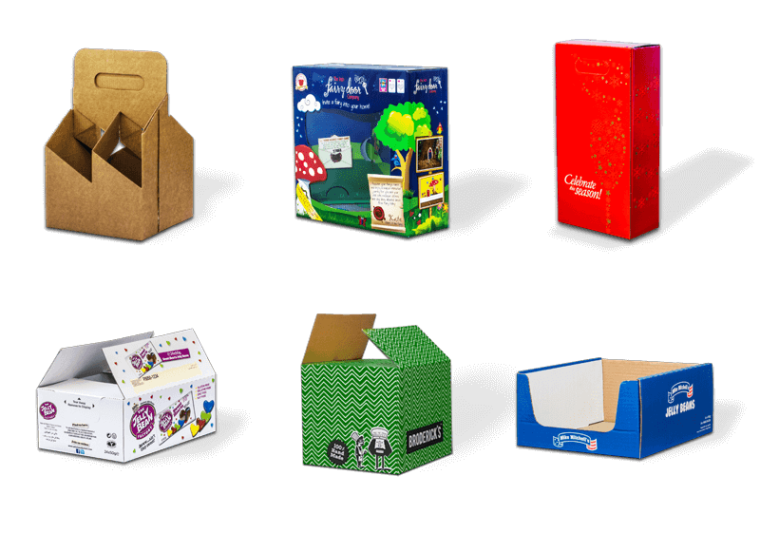Corrugated paperboard is currently the most widely used and common packaging material in the world. Corrugated boxes, in particular, are one of the most prevalent forms of packaging for transporting goods.
The history of corrugated paperboard dates back to 1856 when two brothers in the UK invented the process of adding pressure to paper to create corrugated ripples. Initially, this invention wasn’t intended for packaging but rather as lining for high hats. Over time, through continuous exploration, development, and application, a variety of corrugated paper types have emerged.
The versatility of corrugated paperboard lies in its ability to provide strength and durability while remaining lightweight. This makes it an ideal material for packaging that not only protects the contents during transportation but is also cost-effective and environmentally friendly.
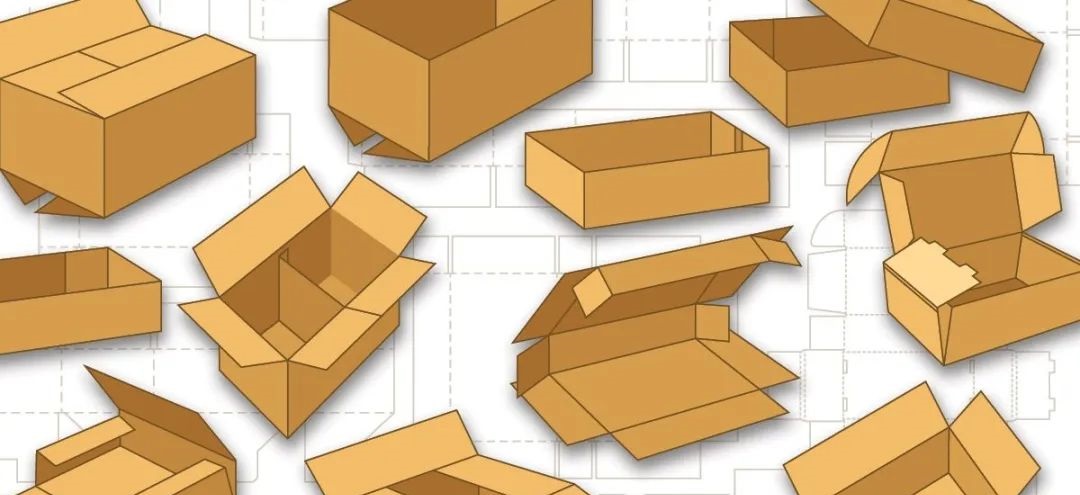
Corrugated paperboard consists of three layers – two flat outer layers and a wavy inner layer, providing it with the distinctive corrugated appearance. The process involves bonding these layers together, creating a robust structure that can withstand external pressures and impacts.
What are Corrugated Carton Boxes?
A corrugated box is a three-dimensional carton formed by processing corrugated paperboard. Corrugated paperboard is a sturdy packaging material consisting of three layers: the outer layers are referred to as linerboard, and the wavy inner layer is known as corrugated medium or fluting, with the bottom layer called the inner liner.
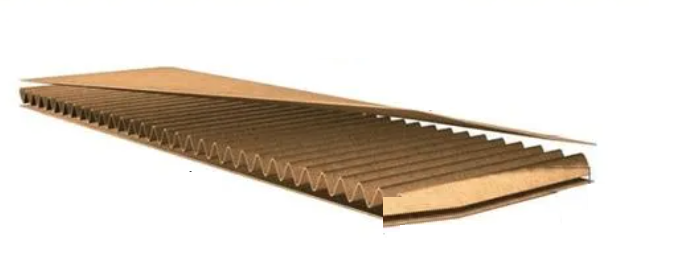
In essence, these boxes are created through the processing and structural design of corrugated paperboard. In terms of transportation, corrugated paperboard provides excellent protective and cushioning effects. There are two major categories of international corrugated box standards. One category is approved by the International Corrugated Case Association and formulated jointly by the European Federation of Corrugated Board Manufacturers (FEFCO) and the Swiss Corrugated Board Association (ASSCO). This category represents international standards for corrugated box types. The other category adheres to national standards, such as those in Japan and the United States.
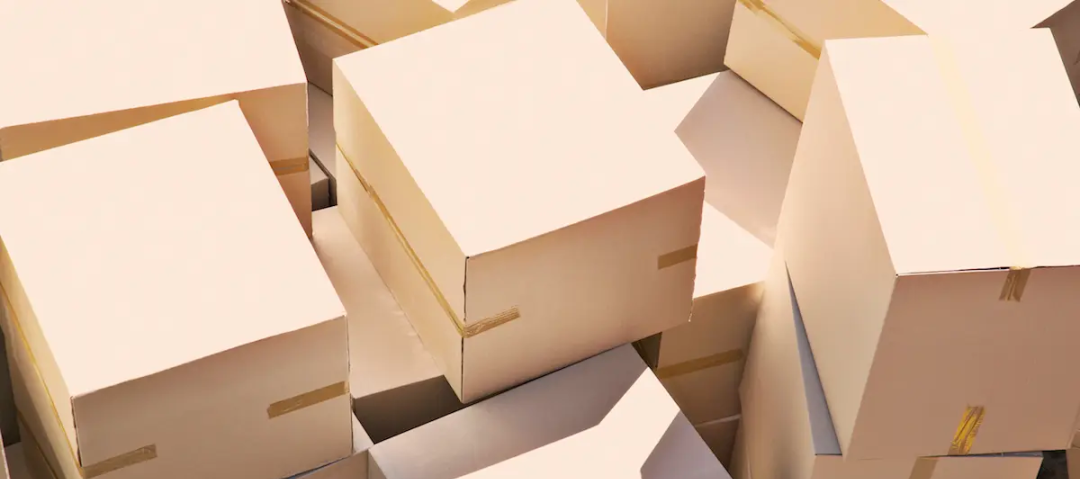
International corrugated box standards assign simple four to eight-digit numerical codes to represent the box types. For example, 0201 is one of the codes used to describe a specific box type. For commonly used corrugated box types, refer to the diagram by clicking on the image in the original text.
What are the Materials for Corrugated Carton Box?
Corrugated paperboard, also known as corrugated cardboard, is a multi-layered composite material consisting of at least one layer of corrugated medium sandwiched between layers of paper. It possesses excellent cushioning and stretch properties, making it ideal for various packaging applications.

The raw materials for corrugated paperboard production vary between foreign and domestic sources. Internationally, primary paper is typically manufactured using groundwood pulp or semi-chemical pulp, sometimes with the addition of recycled pulp. In contrast, domestically produced raw paper primarily relies on straw pulp, supplemented with some chemical pulp or recycled pulp. The quality of domestically produced raw paper is generally lower compared to its international counterparts.
Among the types of paper commonly used for the surface layer of corrugated paperboard are kraft paper and coated paper.
- Kraft Paper: This is a high-strength paper made from sulfate coniferous wood pulp and is frequently used in the production of corrugated paperboard.
- Coated Paper: This type of paper has a smooth coating on its surface, such as single-coated, double-coated, or clay-coated paper. It is often employed for printing high-quality color images or photographs.
It’s worth noting that kraft paper is considered the most sustainable among all types of paper, aligning well with the principles of sustainable development. However, it is also the most expensive option. The choice between these materials depends on factors such as intended use, budget considerations, and environmental sustainability goals.
What are the Different Types of Corrugated Cardboard?
Corrugated board profiles, categorized into different grades, provide packaging with varying levels of cushioning, strength, and compression resistance, allowing for customized packaging solutions. Common corrugated board types include A, B, C, E, and F, each with distinct thicknesses. Additionally, there are popular combinations of profiles, such as AC flute, BC flute, and EB flute.
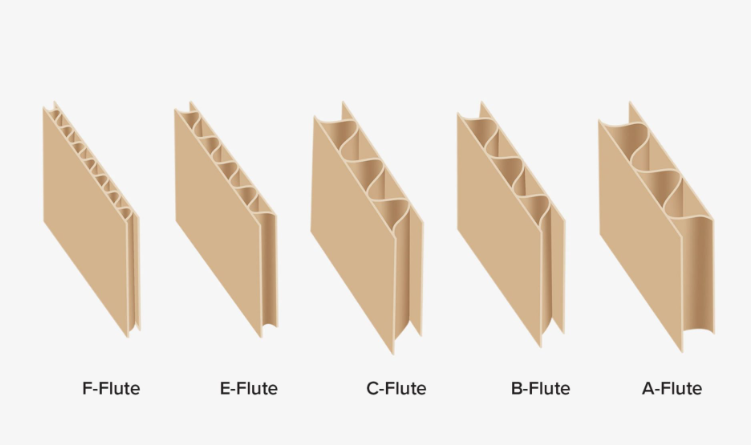
Single-face corrugated board, also known as “single-wall” or “single-face,” is frequently used as a protective layer in product packaging. It serves as cushioning or is fashioned into protective layers and inserts to shield goods from vibrations or impacts during storage and transportation. This type of corrugated board often acts as a protective layer or pallet liner, ensuring the integrity of products during handling.
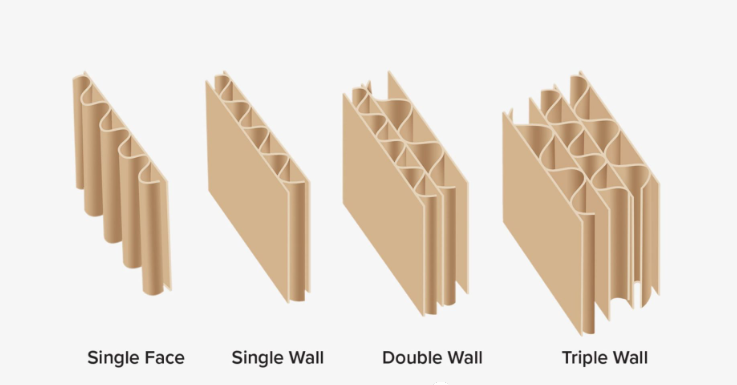
In the manufacturing of corrugated boxes, three-layer and five-layer corrugated boards are widely employed. These boards provide the necessary structural integrity for corrugated boxes used in packaging and shipping. The surfaces of corrugated boxes can be printed with intricate graphics and text, not only safeguarding the enclosed products but also serving as a means of promotion and embellishment.
Currently, many corrugated colored boxes or corrugated cardboard boxes, crafted from three-layer or five-layer corrugated boards, are prominently displayed on sales counters or shelves, becoming an integral part of retail packaging. These aesthetically pleasing and structurally sound corrugated boxes not only protect the packaged items but also serve as a promotional tool, enhancing the visual appeal of the products and influencing consumer choices.
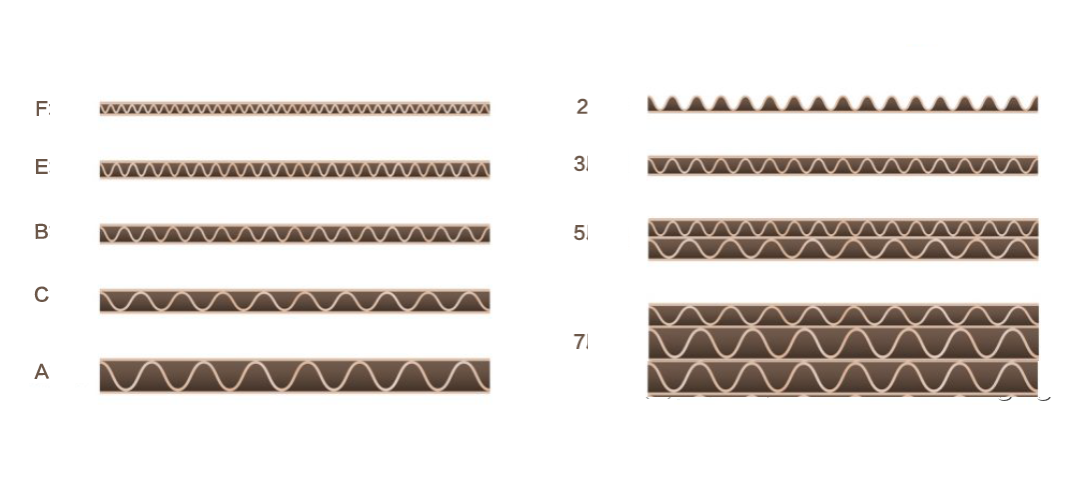
Calculation for Corrugated Cardboard Boxes
Paper weight is calculated in grams per square meter (g/m²) and is commonly denoted as “gsm.” Various types of paper, including linerboard, corrugated medium, core paper, and corrugated raw paper, are measured in grams per square meter (g/m²), often abbreviated as “g.” For example, 300gsm kraft paper implies that each square meter of the paper weighs 300 grams.

To calculate the area of a corrugated box, the total length and total width are determined based on the type of box joint:
- For a single-flute box: Total length = (box length + box width) * 2 + joint
- For a double-flute box: Total length = (box length + box width + joint) * 2
- Total width = (box width + top cover size + bottom cover size)
The unit area weight is then calculated using the following formula, taking into account the flute type (AB flute or B flute):
- AB Flute: Face paper basis weight + B Flute basis weight * 1.36 (corrugation factor) + Core paper basis weight + A Flute basis weight * 1.51 (corrugation factor) + Bottom paper basis weight
- B Flute: Face paper basis weight + B Flute basis weight * 1.36 (corrugation factor) + Bottom paper basis weight
The corrugation factor describes the additional paperboard length consumed by the corrugated medium. The corrugation factors for different flute types are typically as follows:
- A Flute: 1.51
- B Flute: 1.36
- C Flute: 1.44
- E Flute: 1.29
- F Flute: 1.23
It’s important to note that corrugation factors may vary due to differences in the initial specifications of corrugating rolls used by manufacturers and variations in paperboard consumption on different machines.
BMC and Testing of Corrugated Carton Boxes
Some standard tests include edge crush test, box compression test, and puncture resistance test.
- Edge Crush Test: This is one of the fundamental tests for corrugated paper packaging. As the name suggests, force is applied perpendicular to the edge of the corrugated board until it bends. The results ensure the strength and durability required for handling heavy loads and resistance to stacking pressure.
- Box Compression Test: Similar to the edge crush test, force is directly applied to the surface area of the corrugated board until the grooves flatten and the structure is damaged. This test also determines the compressive strength and stacking resistance of the corrugated board required for carrying heavy loads.
- Puncture Resistance Test: This test measures the maximum pressure a paperboard can withstand per unit area, applied uniformly perpendicular to the surface of the sample. Some standard tests include edge crush test, box compression test, and puncture resistance test.
These tests provide information about the performance of corrugated board, helping manufacturers and users ensure that it meets the required standards for real-world applications. This is crucial for maintaining the quality and stability of packaging, protecting the items inside, minimizing damage, and ensuring safety during transportation.
